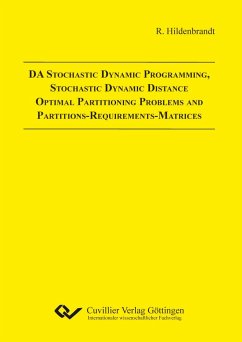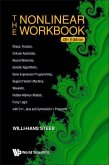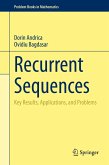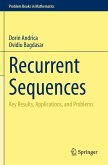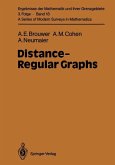This book consists of, apart from the introduction, the chapters - DA Stochastic Dynamic Programming with Random Disturbances, - The Problem of Stochastic Dynamic Distance Optimal Partitioning (SDDP problem), - Partitions-Requirements-Matrices (PRMs). DA (¿decision after¿) stochastic dynamic programming with random disturbances¿ is characterized by the fact that these random disturbances are observed before the decision is made at each stage. In the past, only very moderate attention was given to problems with this characteristic. In Chapter 2 specific properties of DA stochastic dynamic programming problems are worked out for theoretical characterization and for more efficient solution strategies of such problems. The (DA) Stochastic Dynamic Distance Optimal Partitioning problem (SDDP problem) is an extremely complex Operations Research problem. It shows several connections with other problems of operations research and informatics such as stochastic dynamic transportation and facility location problems or metric task systems and more specific k-server problems. Partitions of integers as states of SDDP problems require an enormous amount of storage space for the corresponding computer programs. Investigations of inherent characteristic structures of SDDP problems are also important as a basis for heuristics. Partitions-requirements-matrices (PRMs) (Chapter 4) are matrices of transition probabilities of SDDP problems which are formulated as Markov decision processes. PRMs ¿in the strict meaning¿ include optimal decisions of certain reduced SDDP problems, as is shown (in many cases) toward the end of the book. PRMs (in the strict meaning) themselves represent interesting (almost selfevident) combinatorial structures, which are not otherwise found in literature. In order to understand the investigations of this book, previous knowledge about stochastic dynamic Programming and Markov decision processes is useful, however not absolutely necessary since the concerned models are developed from scratch.

